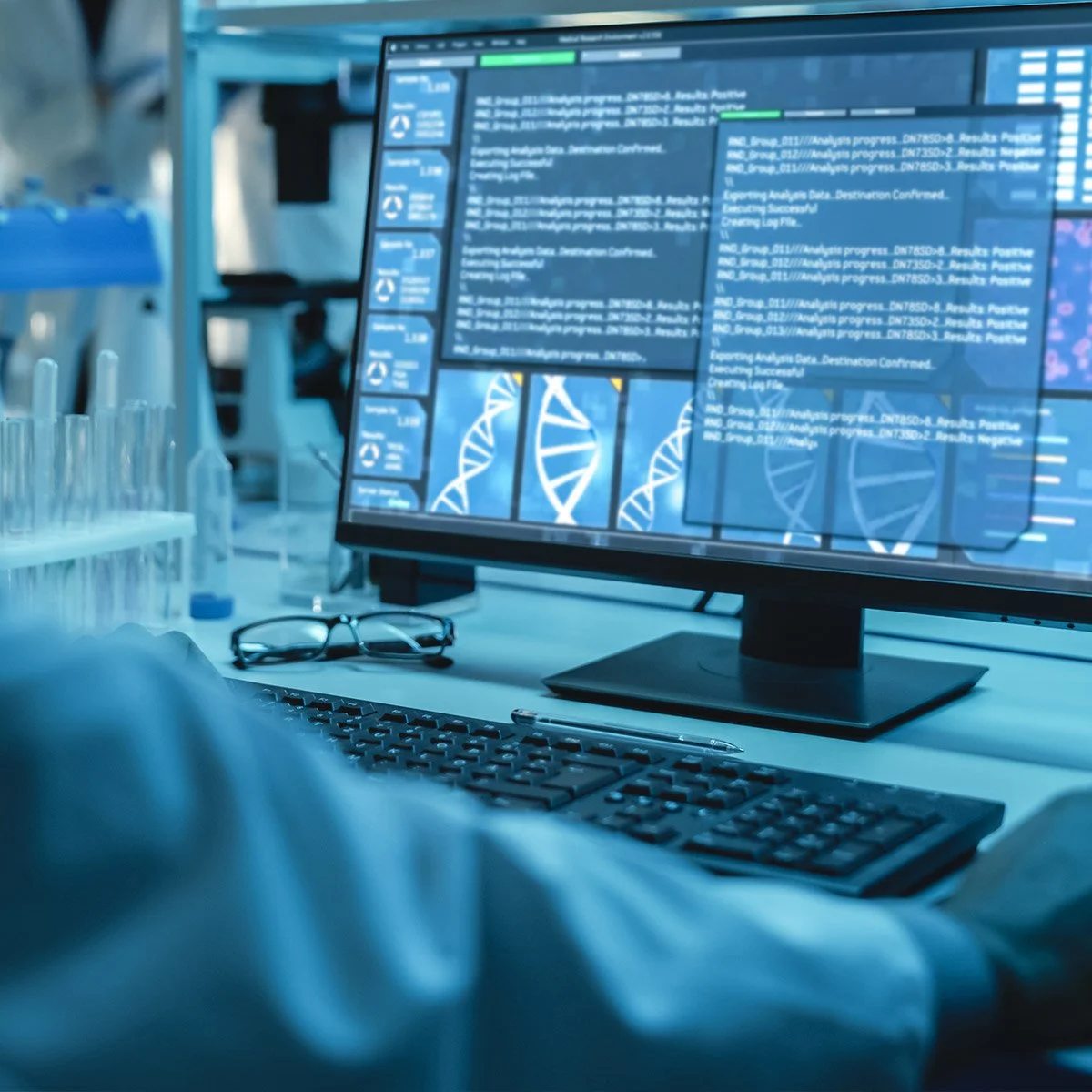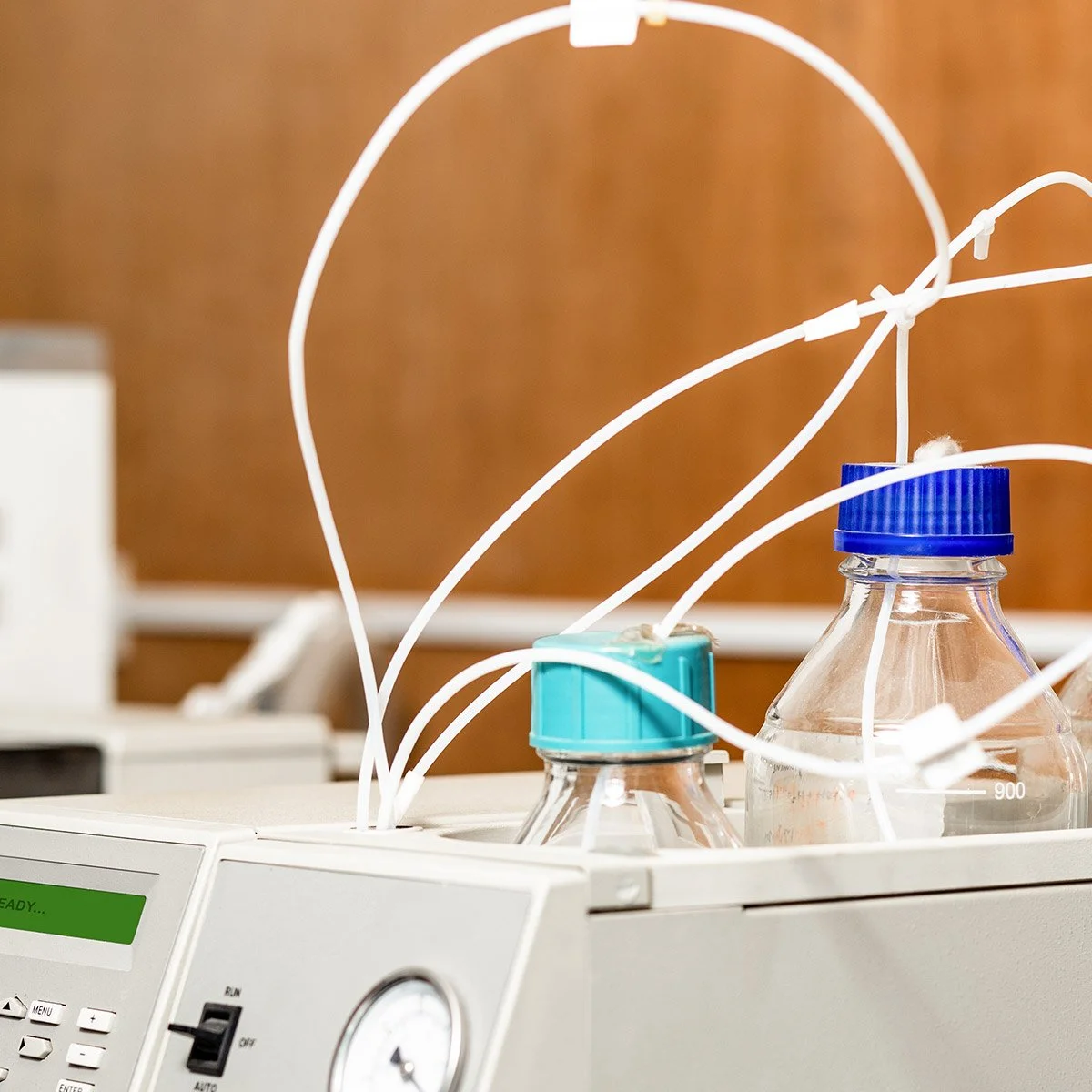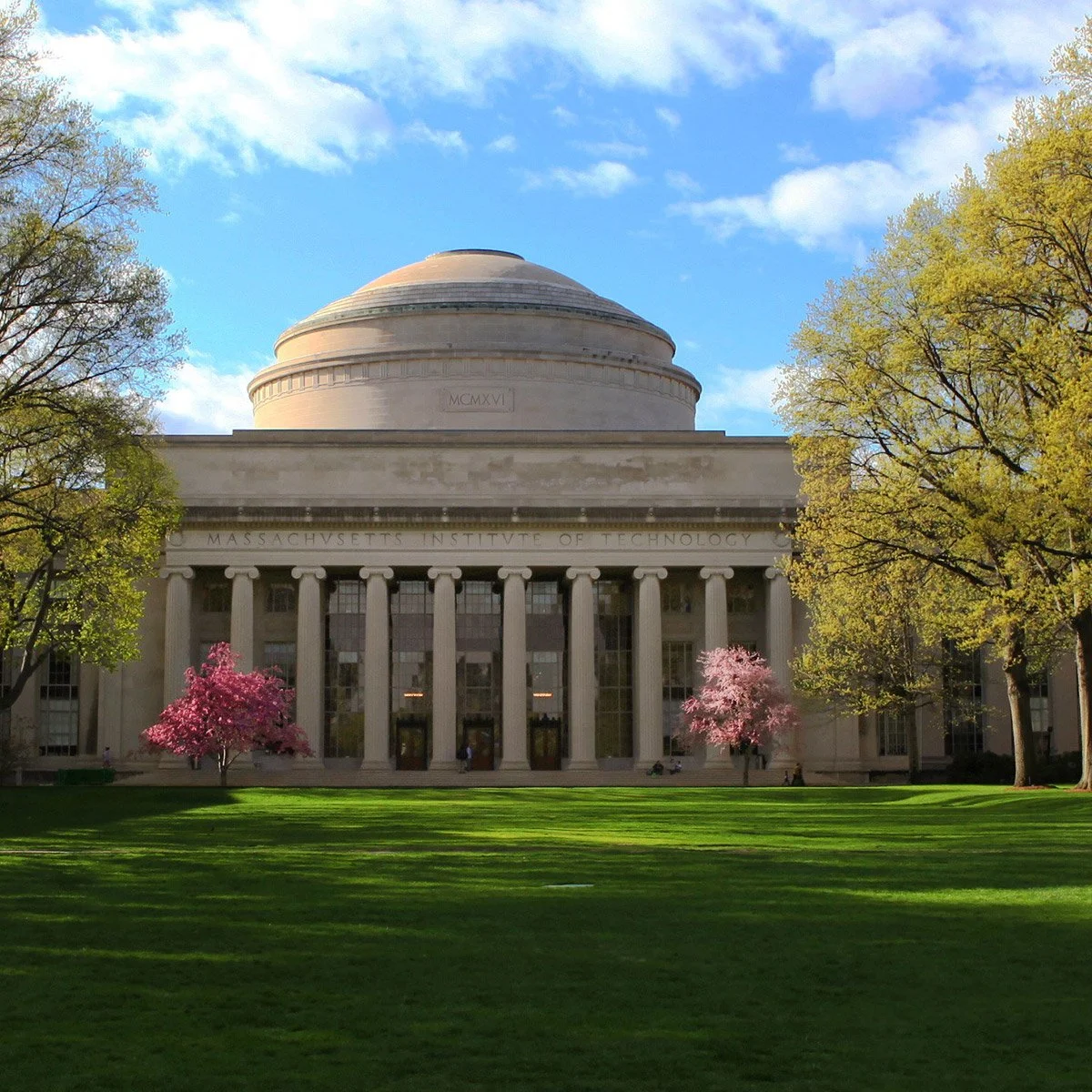Thank you for being interested in sustainable laboratory work!
We plan to bring you more great, green lab information in 2018! Please contact us at info@labconscious.com, if you would like us to share an environmentally friendly lab work idea with the Labconscious community.
Image copyright: Radisa Zivkovic
Learn what scientist, Avinash Gill, Ph.D., hopes more people will talk about, as he shares the cutting-edge approaches his team takes to drive the discovery of new medicines, in the first of a three-part series of parallel interviews on strategic lab automation.
Lab automation is one of the most effective accelerators in life science research and development. Learn how biologists are using AI and automation in our parallel interviews with a select group of experts, and then consider joining them at the Future Labs West Summit.
Research that tightly integrates design, build, and test accelerates discovery. Learn about cutting-edge “agent augmented” labs that support scientists with planning, execution, error recovery, and review in this Q&A.
Electronics recycling is having a moment. Can you guess the undercurrent? Much of it is artificial intelligence/AI. Recycling your obsolete lab equipment has always been an act of good environmental stewardship. That’s even truer now that mining is ramping up globally to supply raw materials for AI infrastructure. The increased demand is a call to lean into e-waste recycling services as an eco-friendlier alternative.
MIT uses a state-of-the-art platform for redistributing lab surplus and a top-notch lab plastic recycling program. MIT research is also at the center of a renewable energy source being deployed to green the grid. It may sound far-fetched, but your future lab could be powered by fuel from seawater.
MIT Professor Kristala L.J. Prather presented a compelling account of how bacteria engineered to perform chemical reactions are used in industry at our recent Go Green Symposium. It was a great lesson on unexpected downstream benefits from cell-based chemical production approaches. Learn how cell-based industrial production fits into today’s biobased manufacturing market trends.
Lab sustainability certification programs are learning tools to help scientists identify changes that will reduce environmental impacts and conserve resources. A key feature of these programs is that they can help research institutions reach sustainability goals without undermining the autonomy of academic lab teams. The catch is that only a minority of labs volunteer to participate. This month, I’m summarizing two recent studies that examined scientists’ perceptions of the benefits and pitfalls of using common programs and offered suggestions on how to improve them.
What would you do after retiring from a life long career in a field you loved? In April Blodgett’s case, she saw a way to give back by enabling science education and new avenues of research with her volunteer work as the “Pipetting Pigeon”.
Labconscious thanks April for the following interview and her sizable positive contribution to cost savings and waste diversion for life science! We hope her story will inspire biologists to find similar opportunities to conserve scientific resources.
Over the past year, Célia Algros took part in a project to discover microbial enzymes that could metabolize nucleosides in an internship at NEB. In an offshoot of this project, she also surveyed energy consumption, consumables, and waste generated to estimate the carbon cost of her E. coli transformations. The effort gave her a new appreciation for both the complexity of calculating carbon footprints and the sizable environmental impact of experiments.











Get an insider’s look at how research and clinical diagnostics are expanded by integrating software, data and robotics, as well as the opportunities “to dial” in workflows for cost and carbon savings.